Image Source: Flickr (Photo by Neal Herbert for Yellowstone National Park / Public Domain)
There was a time when the younger generation put the great outdoors on the back burner, preferring to stay indoors and fiddle with their gadgets. However that’s not the case anymore, as more young people have developed interest in nature as a subject of their photos.
In fact, the student submissions for the 2016 Adventures in Nature photo contest sponsored by The Nature Conservancy and Arizona Highways magazine has ballooned to 1,200 from 84 in the span of 3 years since 2013.
Interested in starting your own nature photography practice, too? You can make your foray into nature photography fun and creative with several techniques. And I’ll be the first one to tell you that you don’t even need to get a high-end DSLR camera to get started.
Just your smartphone will do. Even seasoned nature photographer Jim Brandenburg, whose photos appeared in the National Geographic for 30 years—four of which were considered among the most important photos of all time, now finds himself reaching for his iPhone whenever he has to take photos.
This only goes to show that your smartphone camera can be as reliable as a dedicated camera depending on how creative you are in using it.
Still clueless on how you can start? Below are four fun and creative ways to start your nature photography journey:
1. Prepare and research.
Nature photography has two subcategories: wildlife and landscape. Research is especially important if you want to venture into wildlife photography, as animals can be tricky to shoot. Several photographers attest by the fact that spending long periods with the animals they plan on shooting allows them to get closer to their subjects and take successful shots.
Knowing the feeding, breeding, and mating habits of certain animals will also help you plan the perfect time of the day, week, or month to shoot your photos safely. The same goes for shooting flowers and plants. Knowing the season when they are in full bloom enables you to get the best photos possible.
Certain details about the place will be helpful to find out such as the angle from which you can get the best shot of the landscape or the time when lighting is best. The general rule is to shoot soon after sunrise and just before the sunset.
2. Learn to observe and appreciate art.
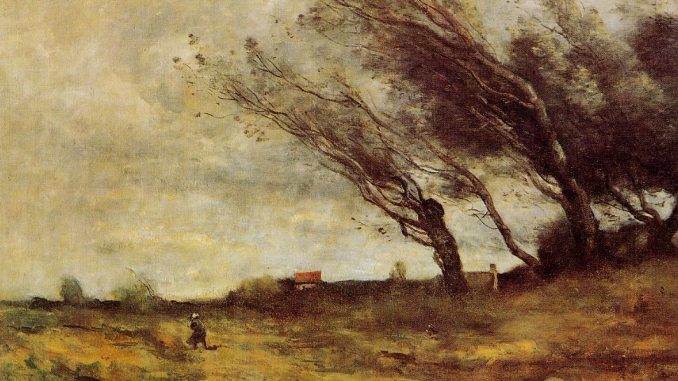
In nature photography, it is not enough that you know what you are doing. You must also develop an appreciative eye for the scenery around you. According to blogger and photographer James Brandon, one of the ways you can do this is to study art and its history.
This will allow you to develop an eye for detail, along with understanding human emotion, which is essential in taking good photos.
He further stressed that an aspiring photographer must strive not just to render technically perfect images but also to establish emotional connection through their photos. Observe artworks in a museum or in exhibits and pay attention to how each piece makes you feel.
This will give you an overview of different art forms and, as Brandon puts it, “a much deeper understanding of color, framing concepts, and what artists went through to get their work noticed.” This may seem to be an odd way of working your way into nature photography, but you’ve got nothing to lose if you give it a try.
3. Use your camera’s key features.
Image Source: Flickr (Photo by Joop Stakenborg / Public Domain)
Whether you are using a DSLR, a smartphone camera, or a mirrorless camera, you must have a good grasp of its capabilities so that planning the possible shots will be easy. For example, your camera’s optical zoom feature may come in handy for capturing close-ups of animals in the wild as opposed to just using a digital zoom facility.
Bryan Peterson in an episode of AdoramaTV about nature photography gave an interesting tip on how “helping” mother nature can help you achieve a better composition.
You may also use the timer mode in conjunction with your tripod for sharper photos. If you’re using a smartphone camera, you can download apps that can help you time your shots so that you can do this with a gorillapod as well.
4. Pay attention to composition.
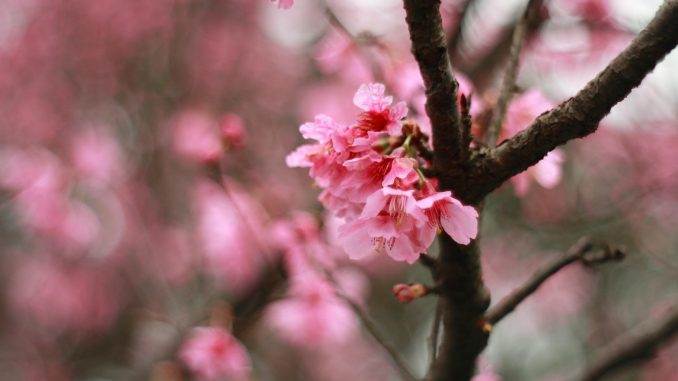
When it comes to wildlife photography, focusing on the eyes of the animal is crucial. “If your subject has eyes, the viewer will be drawn to the eyes a center of interest of the image,” explains photographer Cindy Marple in her article for nature photography resource site Naturescapes.net.
Marple also highlights the importance of avoiding white spots in the background. A person’s eye is “naturally drawn to the brightest area of the image,” she adds. So if you want to make an impact with your shot, avoid white backgrounds and let your subject be your focus.
When it comes to landscape photography, Marple also stresses the importance of proper framing. Make sure that if you do need to crop your subject, do so strategically so that it doesn’t look like it was just framed poorly or cut unintentionally.
Getting started with nature photography doesn’t have to be tedious and boring. With these four tips in mind, you are well on your way to capturing that first captivating landscape or wildlife photo, which in the end can even help you gain better appreciation of nature.
Liz Pekler is a travel photographer with almost 10 years of experience in the field. When she is not out exploring the world, she likes to share her knowledge about photography and travel through writing for blogs

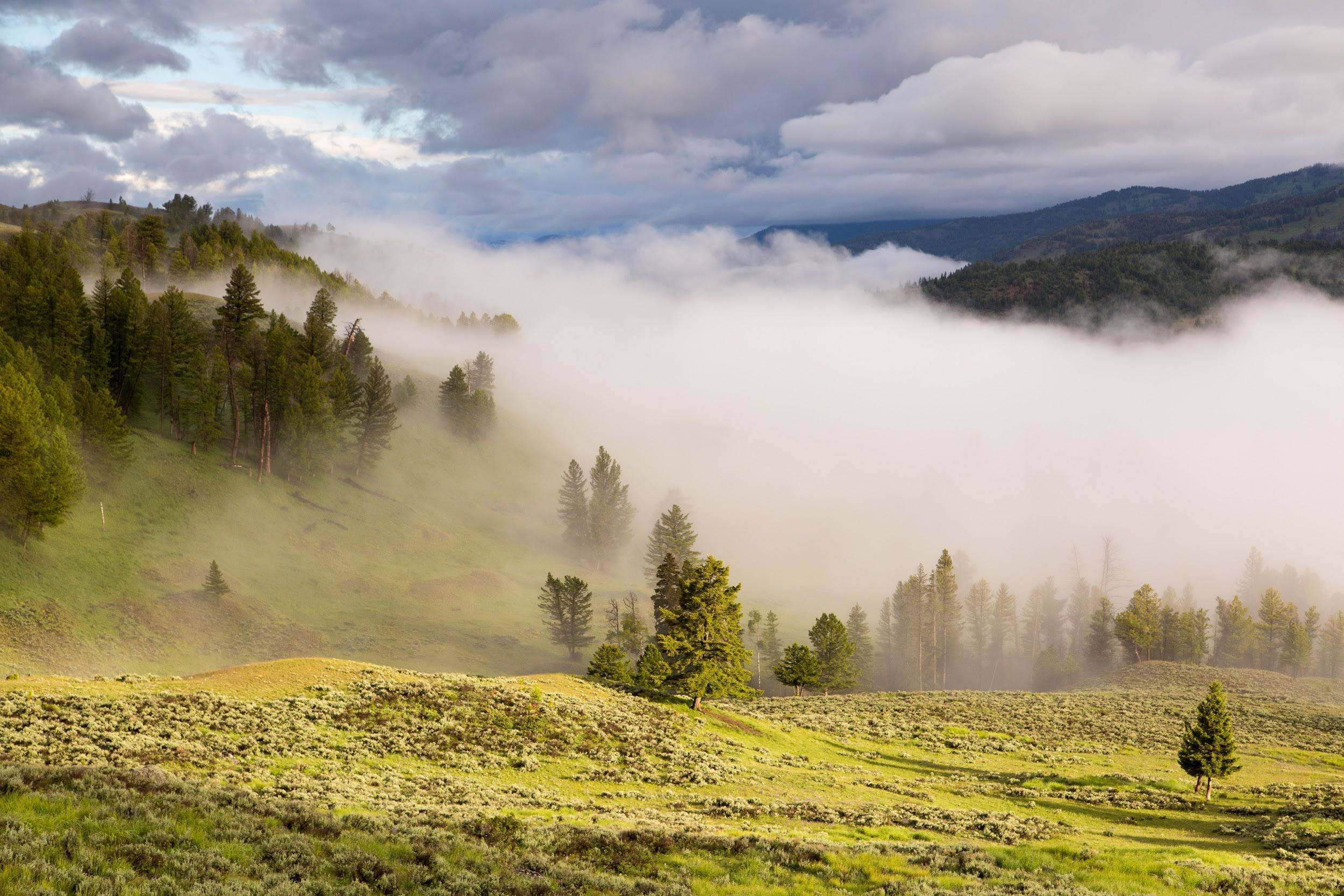
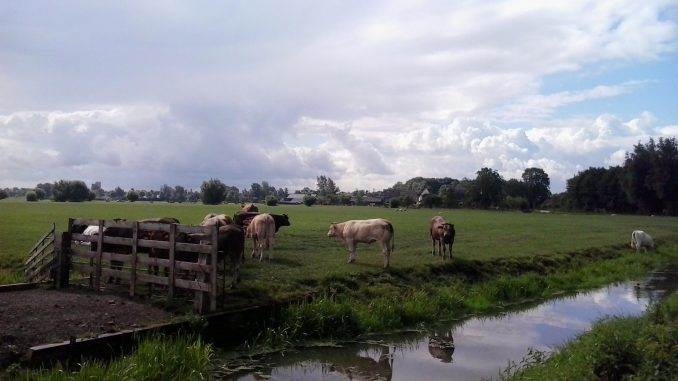
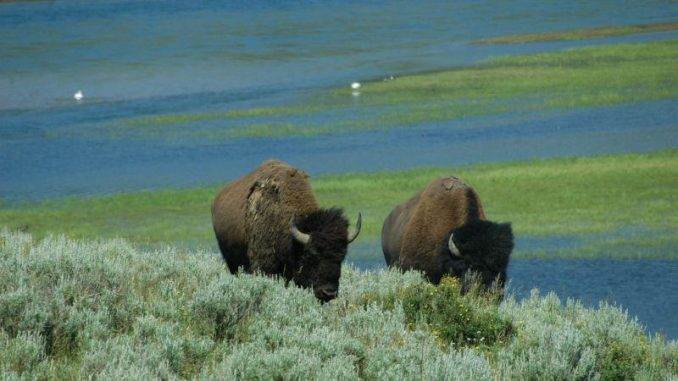
Leave a Reply